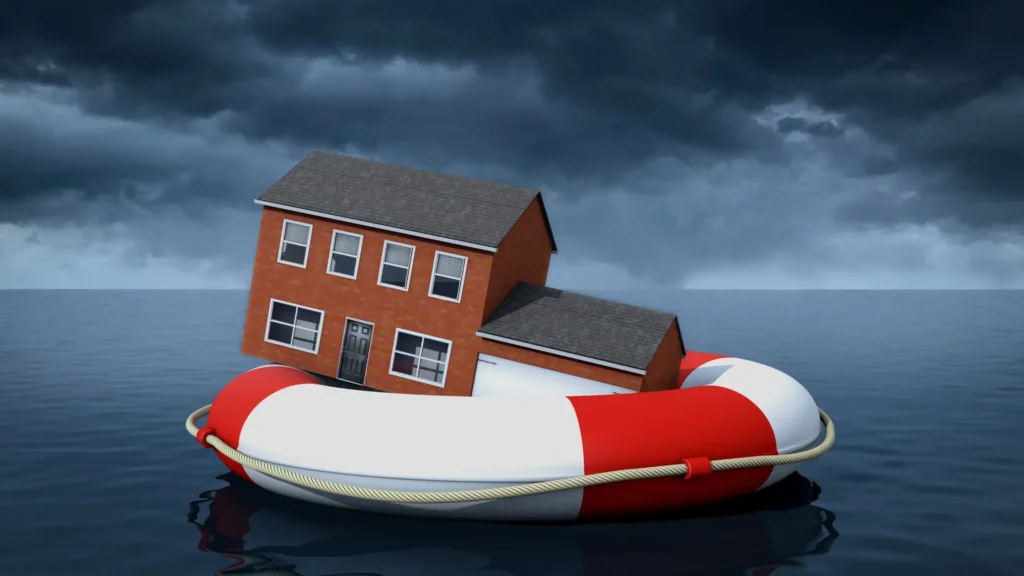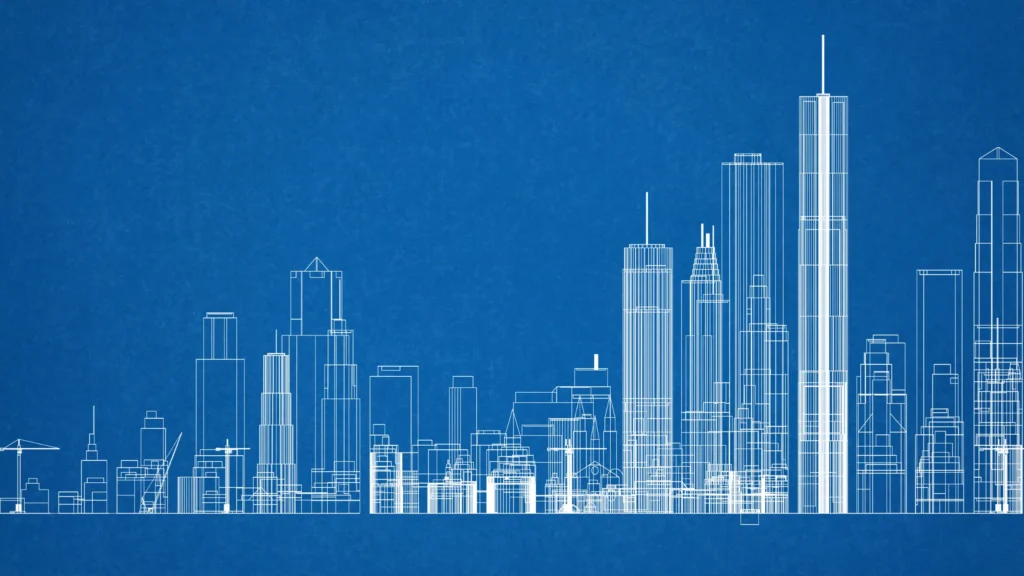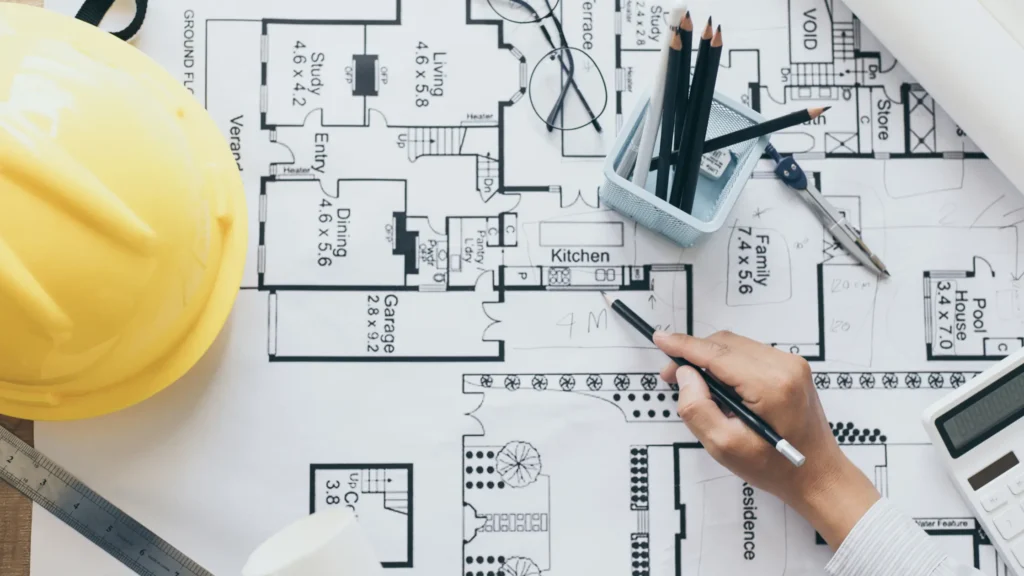Resilient Design for Sustainable Survival
As the world navigates the increasing complexities of urbanization, the imperative for cities to endure and thrive under environmental, social, and economic stresses has never been more pronounced. Sustainable urban living defines a future where cityscapes are crafted in harmony with nature, promoting the well-being of their inhabitants and the planet. Resilient design philosophy integrates robust, sustainable practices to forge urban environments capable of adapting and bouncing back from the challenges of the 21st century. From green infrastructure to adaptable urban planning, resilient design reimagines our cities as ecosystems of sustainability and durability.
In this article, we delve into the innovative strategies shaping resilient design and how these practices redefine the essence of a sustainable urban life, ensuring that our cities shield, sustain, and support diverse urban communities.
Pioneering Resilient Structures in the Face of Climate Change
It is becoming increasingly important to design innovative, resilient structures that can withstand extreme weather events as they become more prevalent. A key step toward guaranteeing the security, reliability, and sustainability of our built environment is the development of innovative approaches for mitigating the imminent disaster risk posed by climate change.
It is impossible to overstate the significance of this development. As a result of climate change, natural disasters are occurring more frequently and with greater intensity, making traditional building techniques and materials inadequate. Consequently, structures that fail to adjust to these novel difficulties run the risk of suffering severe harm, potentially resulting in significant financial losses as well as a tragic loss of human life.

To meet this growing need, advancements in engineering are offering cutting-edge solutions. Seismic isolation is designed to reduce the effect of earthquakes on structures. The use of green infrastructure and nature-based solutions to mitigate and reduce floods. Other advancements in the field include the use of adaptive materials that change properties in response to environmental conditions, construction techniques that can withstand heavy rainfall and high winds, and the design of buildings to be buoyant in the case of floods.
Behind the pioneering of resilient structures is a coalition of engineers, manufacturers, and architects committed to sustainability. From the inception of the design to the selection of materials and through the construction process, these professionals work meticulously to ensure each aspect adheres to the highest standards of quality, durability, and eco-friendliness. It is a multidisciplinary effort, bringing together insights from various sectors to forge solutions that are not only innovative but are also viable for widespread implementation.

Crafting Policies to Support Sustainable Urban Growth
To achieve sustainable urban growth, cities need to implement policies that prioritize innovation and responsibility in construction and development. One such policy that has proven to be effective is the implementation of smart zoning laws. By strategically designating areas for different types of development, cities can ensure that growth is well-planned and sustainable. Additionally, offering green tax incentives can incentivize developers to incorporate eco-friendly practices and technologies
into their projects, further reducing the environmental impact of urban growth.
Furthermore, regulations for reducing carbon footprints are crucial to ensuring that cities are environmentally safe and economically robust. By setting standards for energy efficiency and emission reductions, cities can actively work towards mitigating the effects of climate change and creating healthier living environments for their residents. These policies serve as the foundation upon which sustainable urban futures can be built.

Smart Cities: Integrating Innovation for Urban Resilience
Smart cities represent a paradigm shift in how urban environments use technology to improve livability, productivity, and sustainability. Integrating advanced technologies is critical for urban resilience, a city’s ability to withstand, adapt to, and recover from stressors and shocks. Utilizing Information and Communication Technologies (ICT) is at the core of smart city initiatives, as it allows for more effective management of city assets. Smart grids, intelligent transportation systems, smart water management, and energy-efficient buildings are just a few of the key components that are all interconnected through the Internet of Things. This networked infrastructure generates a constant stream of data, which can be analyzed and used to make informed decisions.
Urban resilience is significantly bolstered by such integrations in several ways, such as employing sensor technologies to monitor resources such as water and electricity in real-time. This monitoring aids in the early detection of inefficiencies or leaks, resulting in faster response times and reduced waste. During an emergency, smart cities can use technology to efficiently deploy resources. For example, during disasters, real-time data can help guide evacuation plans. Data analytics can predict urban growth patterns, climate change effects, and potential infrastructure failures. By anticipating future challenges, cities can proactively build defenses, plan resource allocation, and implement structural improvements to withstand adverse events.

Urban planning
Urban planning entails the thoughtful design and management of urban spaces, infrastructure, and policies to create environments that meet current needs while preserving future generations’ capacity to meet their own. The following represent some key principles in urban planning: Redundancy ensures that if one component fails, others can take its place. Adaptive designs for buildings and road systems that can be repurposed as needs evolve. Utilizing spaces for multiple functions can increase an area’s utility and resilience. For instance, parks might serve as community gathering areas during normal conditions and water retention zones during floods.

From Vision to Reality: Constructing Enduring Communities
In closing, the pioneering of resilient design stands at the forefront of crafting sustainable urban living environments that are equipped to weather the storms of change and thrive within them. It is a holistic approach that threads through the vital aspects of resilient infrastructure and the innovation behind smart cities. By prioritizing resilience, urban areas become havens of safety, efficiency, and environmental stewardship, serving as blueprints for a future where humanity operates in harmony with the natural world.
The commitment to resilient design is more than an investment in urban spaces; it is an investment in the legacy we leave for future generations. Ensuring the survivability and adaptability of our cities is an imperative mission—one that calls for rigorous planning, unyielding dedication, and an unwavering vision of resilient urban landscapes that encapsulate the pinnacle of truly sustainable living.
View more blogs Here





